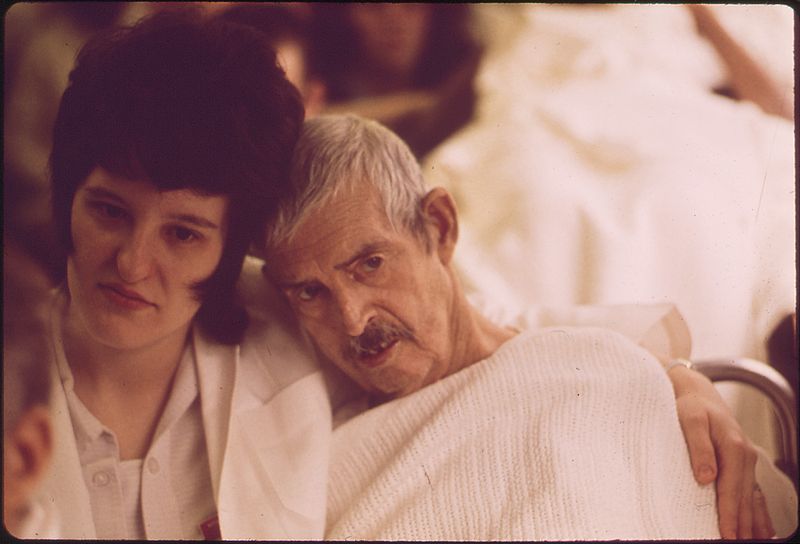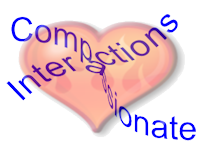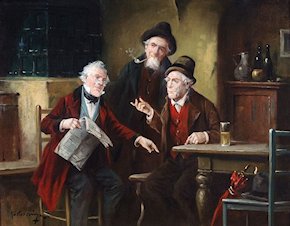Nonviolent Communication Background
How to Communicate Compassionately
What I want in my life is compassion, a flow between myself and others based on a mutual giving from the heart.
- Marshall Rosenberg
Marshall was exposed to both extremes of behavior at a very early age. He was exposed to a race riot in his
neighborhood in which 40 people were killed in a three-day period.  He was also exposed to some very compassionate
family members. In particular one uncle who he watched take care of his grandmother in a very loving manner. This
created two questions for him. What happens to disconnect us from our compassionate nature, leading us to behave
violently and exploitatively? What allows some people to stay connected even under the most trying circumstances?
He was also exposed to some very compassionate
family members. In particular one uncle who he watched take care of his grandmother in a very loving manner. This
created two questions for him. What happens to disconnect us from our compassionate nature, leading us to behave
violently and exploitatively? What allows some people to stay connected even under the most trying circumstances?
Being exposed to these two sides of behavior, Marshall decided he wanted to help people learn to deal with each
 other in a compassionate manner. He took psychology so he would be able to help people learn to respond in a way
that was compassionate. Just before graduating, a professor told him some of the limitations of psychology. He
had a private practice for a few years but was not satisfied with the results. Marshall researched religions and
found that compassion was common to all religions.
other in a compassionate manner. He took psychology so he would be able to help people learn to respond in a way
that was compassionate. Just before graduating, a professor told him some of the limitations of psychology. He
had a private practice for a few years but was not satisfied with the results. Marshall researched religions and
found that compassion was common to all religions.
He developed Non-violent Communication (NVC) as a way of expressing compassionately. The intent of NVC is to give from the heart, connecting us with ourselves and with others in a way that allows our natural compassion to flourish. While many of us may not consider the way we talk “violent”, our words often lead to hurt and pain, whether in ourselves or others. In the introduction to the book Non-violent Communication, a Language of Life Arun Gandhi, grandson of Mahatma Gandhi, tells how his grandfather taught him how our words can be a passive form of violence which can lead to physical violence.
What is it about our language that is violent? Our language is a language of domination. If a king wants to be
![]() able to control someone through reward and punishment he needs a method of removing their humanness. So how do you
remove someone’s humanness? We do it by labeling them as good or bad. The kings could then say good people deserve
rewards; bad people deserve punishment. NVC seeks to remove these static labels and we do this by saying someone’s
behavior does not meet our needs. For example when Reagan called Russia the evil empire; we could rephrase it as
Russia does not meet our need for security when they use military force to squelch democracy movements in Europe.
able to control someone through reward and punishment he needs a method of removing their humanness. So how do you
remove someone’s humanness? We do it by labeling them as good or bad. The kings could then say good people deserve
rewards; bad people deserve punishment. NVC seeks to remove these static labels and we do this by saying someone’s
behavior does not meet our needs. For example when Reagan called Russia the evil empire; we could rephrase it as
Russia does not meet our need for security when they use military force to squelch democracy movements in Europe.
The two broad questions that NVC asks:
1 What is alive in me/you? 2. What would make life more wonderful for me/you?
The first question directs attention inwardly to assess what is happening to affect well-being.
The second question is a way of asking for what would be most beneficial at this time.
The dance of NVC happens when either a speaker or a listener, or both use NVC to communicate
compassionately and connect with what is alive and what would make life more wonderful.
What is the format for NVC as developed by Marshall Rosenberg? It is four basic components you follow after something has stimulated an emotion in you. First component is to make a neutral observation, sounds easy but it is very challenging for almost everyone raised in our society.
The second step is to express the emotion stimulated by your observation
and why you choose this emotion. I went to my
favorite book on compassion, Redneck Dictionary II,
to find an example of a clearly expressed emotion. The word apartment.
The time we spent 'apart meant' more to me than the time we spent together.
Unfortunately, when I ask someone their emotional state, who is not trained in NVC, the response has even less to do with
emotions and is usually what they are thinking instead of feeling. Usually it will start with I feel,
as in I feel my
brother should do his chores.
Thirdly you identify what need is not being met if it is a negative emotion. Needs in NVC are universal
to all humans. Some needs are;
love, peace, learning, connection, freedom. Lastly you make a request of the person
 responsible for the event stimulating your emotion. This process is very different than the way most of us are used to talking and listening.
Like most things in life, it takes a little practice to get used to it. I have found learning NVC has enriched my life significantly.
responsible for the event stimulating your emotion. This process is very different than the way most of us are used to talking and listening.
Like most things in life, it takes a little practice to get used to it. I have found learning NVC has enriched my life significantly.
Two other aspects of NVC are empathy and honesty. You demonstrate empathy in NVC by repeating the exact emotional words and need words back to the person expressing them. If you are dealing with someone who doesn’t speak NVC you may have to guess at his or her emotions and ask them if this is what they are feeling. Empathy is an incredibly powerful tool for emotional healing. I find it interesting when teaching empathy, most people are very reluctant to repeat the words someone just said, they want to paraphrase the emotions and the needs. Honesty is expressing what is alive in you using observation - feeling - need - request language.
See if you can translate judgmental language to NVC. Select show to see the translation after making your guess. This language may seem tedious to you. I am guessing this is because you are not used to it. The important thing is that it creates connection. Once you are experienced at creating connection, the wording is not so important. I find the language helps me get into a compassionate state.
| Judgmental Language | Nonviolent Communication |
| You are a jerk! | Show: |
| My son is a slob! | Show: |
| I feel unappreciated. | Show: |
| You won't listen to me! | Show: |
| I feel disrespected. | Show: |




